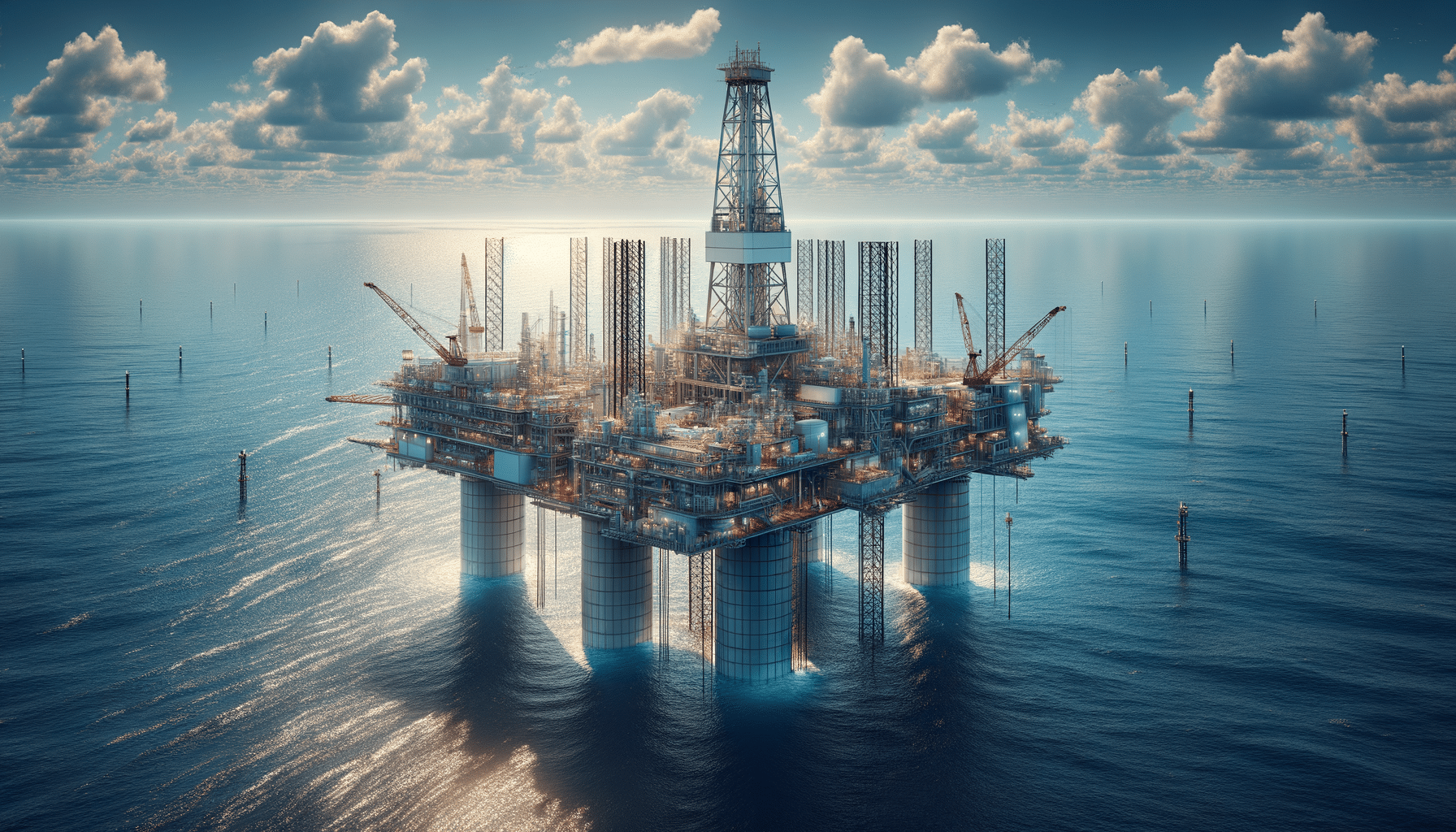Exploring the Depths: Understanding Oil Rigs
Looking for a career in the oil industry? Oil rig jobs offer hands-on experience, competitive pay, and opportunities for career growth. Whether you’re new to the field or have industry experience, various positions are available to match different skill levels. Explore the possibilities and take the next step toward working offshore.

Introduction to Oil Rigs
Oil rigs are engineering marvels that play a crucial role in the global energy supply chain. These massive structures are designed to extract oil and natural gas from beneath the earth’s surface, often from deep beneath the ocean floor. The importance of oil rigs extends beyond just the extraction process; they are central to meeting the world’s energy demands and contribute significantly to the economies of oil-producing nations. With the world’s insatiable demand for energy, understanding the function and operation of oil rigs is more relevant than ever.
Types of Oil Rigs
Oil rigs can be broadly classified into two main types: onshore and offshore. Onshore rigs are located on land and are typically used for extracting oil from reserves that are accessible without the need to venture into the ocean. These rigs are generally less complex and less costly to operate compared to their offshore counterparts. Offshore rigs, on the other hand, are used for extracting oil from beneath the ocean floor. They can be further categorized into several types, including:
- Jack-Up Rigs: These are mobile platforms with legs that can be lowered to the sea floor to provide stability.
- Semi-Submersible Rigs: These rigs float on the water and are anchored to the seabed, providing stability in deeper waters.
- Drillships: These are ships equipped with drilling apparatus, capable of operating in ultra-deep waters.
Each type of rig is designed to handle specific environmental conditions and depths, making them versatile tools in the oil extraction process.
The Life on an Oil Rig
Working on an oil rig is not for the faint-hearted. The environment is often harsh, with workers facing challenging weather conditions and long hours. However, the job comes with its own set of rewards, including competitive salaries and unique experiences. Life on a rig involves a rotational schedule, where employees work for a set number of weeks on the rig followed by a similar period off-duty. This schedule allows workers to balance the demanding nature of the job with personal time.
Daily life on an oil rig is highly structured, with strict safety protocols in place to protect workers from potential hazards. The camaraderie among crew members is strong, as they rely on each other to maintain safety and operational efficiency. Despite the challenges, many find the experience rewarding, with opportunities for advancement and skill development.
Technological Innovations in Oil Rigs
The oil industry is continuously evolving, and technological advancements play a significant role in enhancing the efficiency and safety of oil rigs. Innovations such as automated drilling systems, real-time data monitoring, and advanced safety equipment have transformed the way rigs operate. These technologies not only improve operational efficiency but also reduce the environmental impact of drilling activities.
Automation has enabled rigs to operate with fewer personnel, reducing the risk of accidents and increasing precision in drilling operations. Real-time data monitoring allows for immediate adjustments to drilling parameters, optimizing the extraction process and minimizing downtime. As technology continues to advance, oil rigs are becoming more sophisticated, paving the way for safer and more efficient energy extraction.
Environmental Considerations and Future Outlook
As the world becomes more conscious of environmental issues, the oil industry faces increasing pressure to minimize its environmental impact. Oil rigs, particularly offshore ones, pose potential risks to marine ecosystems. Spills and leaks can have devastating effects on marine life and coastal communities. To address these concerns, the industry is investing in technologies and practices that reduce environmental risks.
Looking to the future, the role of oil rigs may shift as renewable energy sources gain traction. However, oil and gas are expected to remain significant components of the global energy mix for the foreseeable future. The industry must balance energy demands with environmental stewardship, ensuring sustainable practices are implemented across operations. As innovation continues, oil rigs will likely adapt, incorporating greener technologies and practices to meet the challenges of tomorrow.